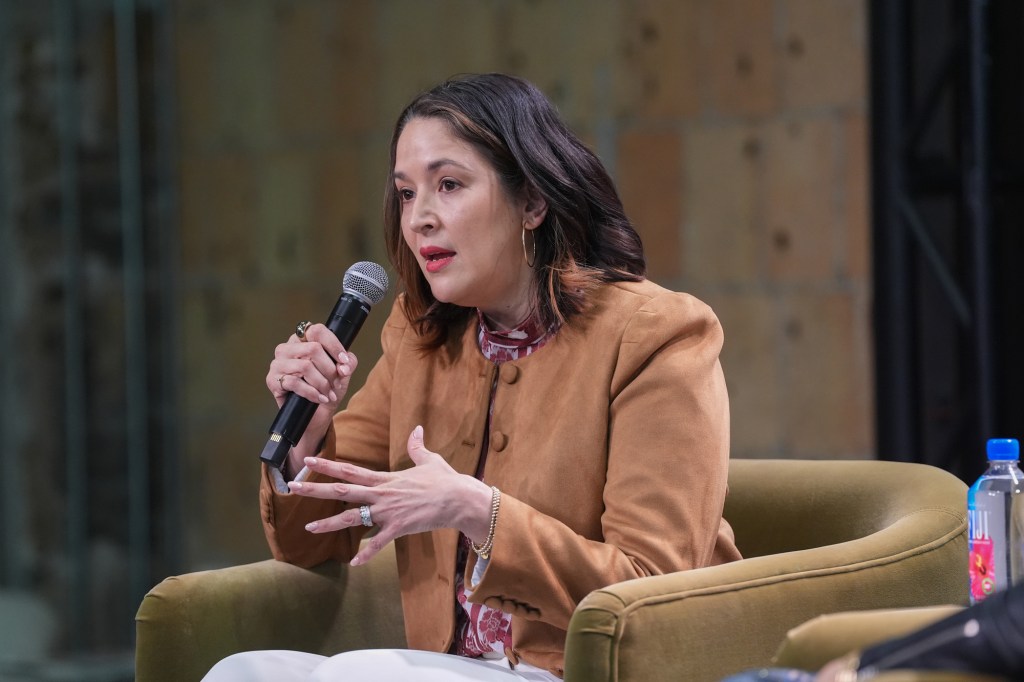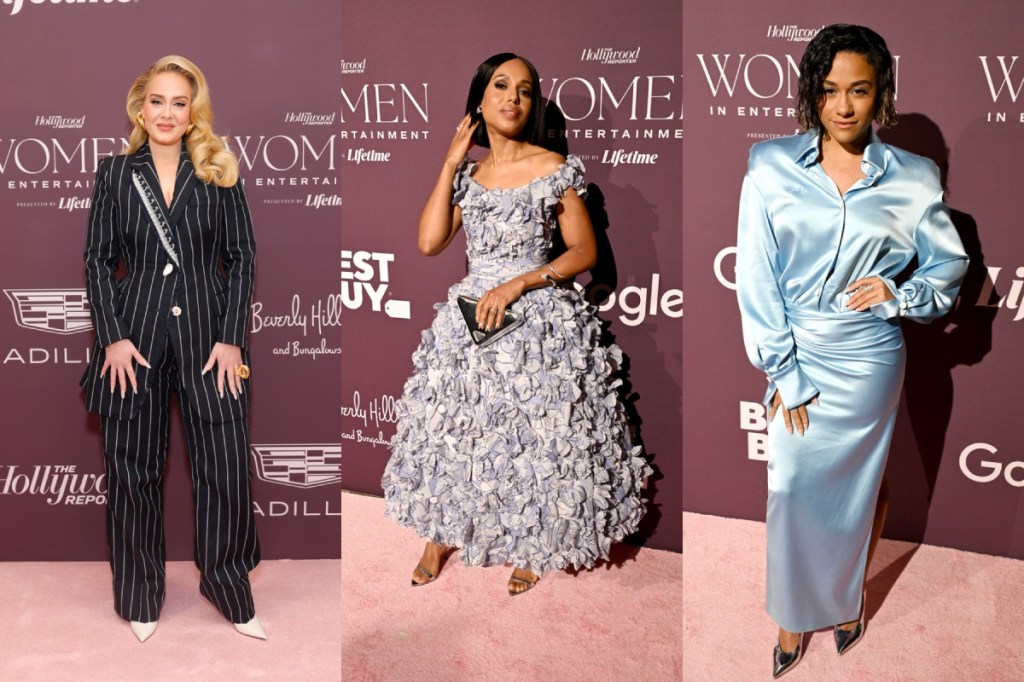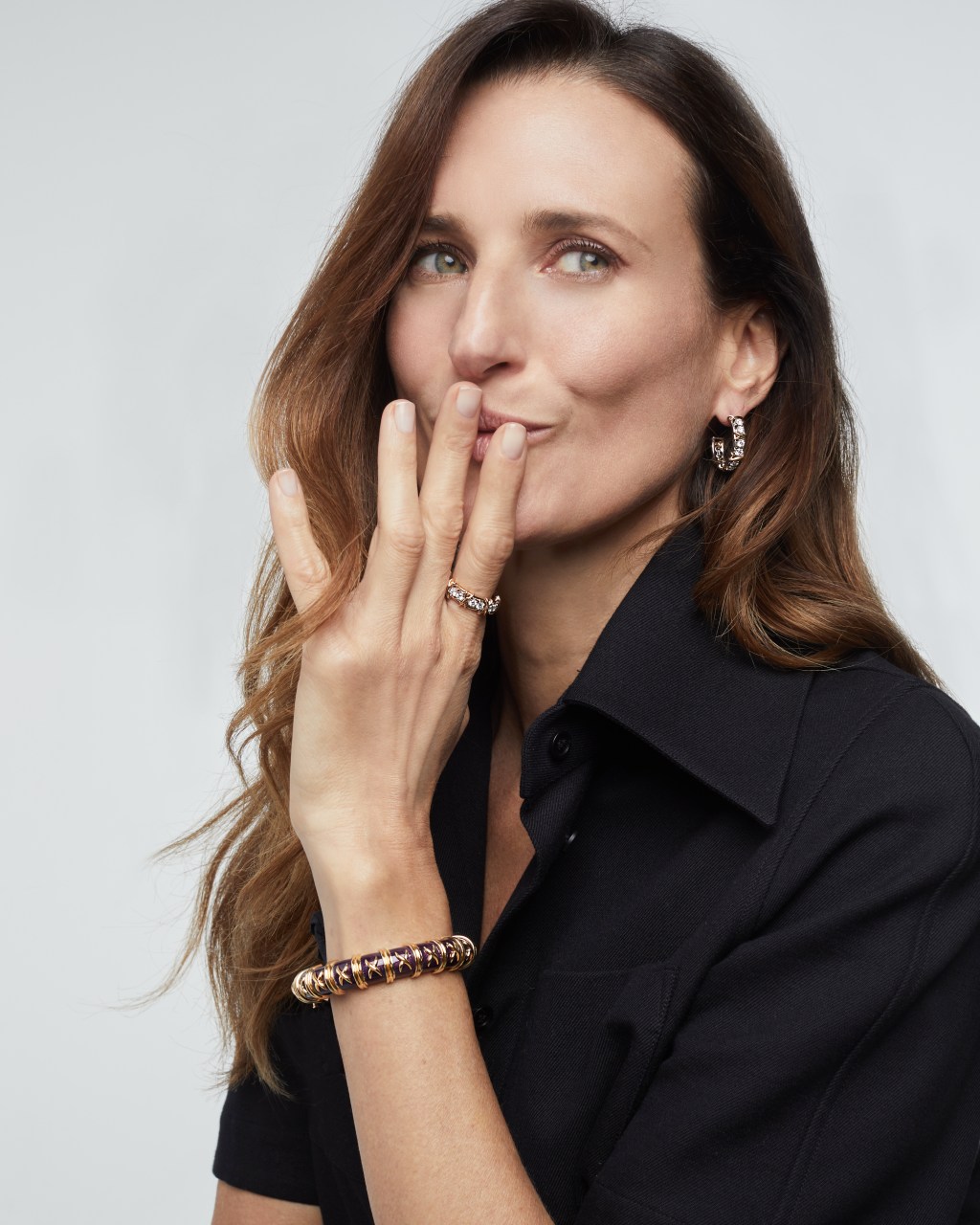Senior vice president of marketing at BigCommerce, Veronica Servantez, discusses the evolution of shopping behaviors and the vital role of a seamless, personalized customer experience in the modern fashion industry.
In this post-pandemic retail market, anchored by an online/offline hybrid model, knowing the customer, reaching them where they are and meeting their expectations while offering a more personalized shopping experience, is critical for success.
That was the main theme of a discussion at the WWD Wear House featuring Servantez and Eugenia Miranda Richman, editor in chief of WWD. The session, titled “Future-Fit E-commerce for Modern Fashion Brands,” also explored the current state of omnichannel retailing.
Servantez began the discussion by noting how the pandemic shifted shopping behavior — with some aspects permanently changed. But disruptions and pace of change have calmed down, she said, and have “normalized over the past couple of years. Today, we have shoppers that are going back to in-store shopping, but I really think that the pandemic forever changed shopping behavior.”
Servantez said consumers are more sophisticated than ever, and the expectations are higher than they’ve ever been before. So, I think what you see now are shoppers that have higher expectations — and they want an enjoyable brand experience and they want that online.” She added that a “hybrid online/offline scenario is becoming the norm.”
Whether consumers shop in-store or online, Servantez said the goal for retailers and brands is to remove friction while meeting their expectations. With online shopping, Servantez stressed the importance of making the checkout process as smooth as possible, which can be achieved with solutions such as one-click checkout. Servantez cited a recent Cornell University study that showed brands offering one-click checkout bolstered sales by 30 percent.
Servantez said shoppers also want more flexibility, noting that buy now, pay later, buy online, and pick up in-store services are sought after. “And they want fast shipping and free shipping — especially if they’re paying a lot of money,” she said. “There’s also a lot of data that shows if you make returns and exchanges easy for your customers, you’ll see more brand loyalty and more return customer traffic to your store and your site.”
Shoppers also crave more personalization, such as personalized recommendations. And this is where brands and retailers can upsell. Servantez said upselling isn’t limited to higher-priced goods and brands, it can be across the market.
When asked about the current state of omnichannel retailing, Servantez said it’s about “meeting your customers where they live, and especially for certain demographics, it’s increasingly about social media and social commerce.” She said fashion apparel “is, by far, the largest category driving social commerce. About 26 percent of social commerce revenue comes from fashion and apparel.”


